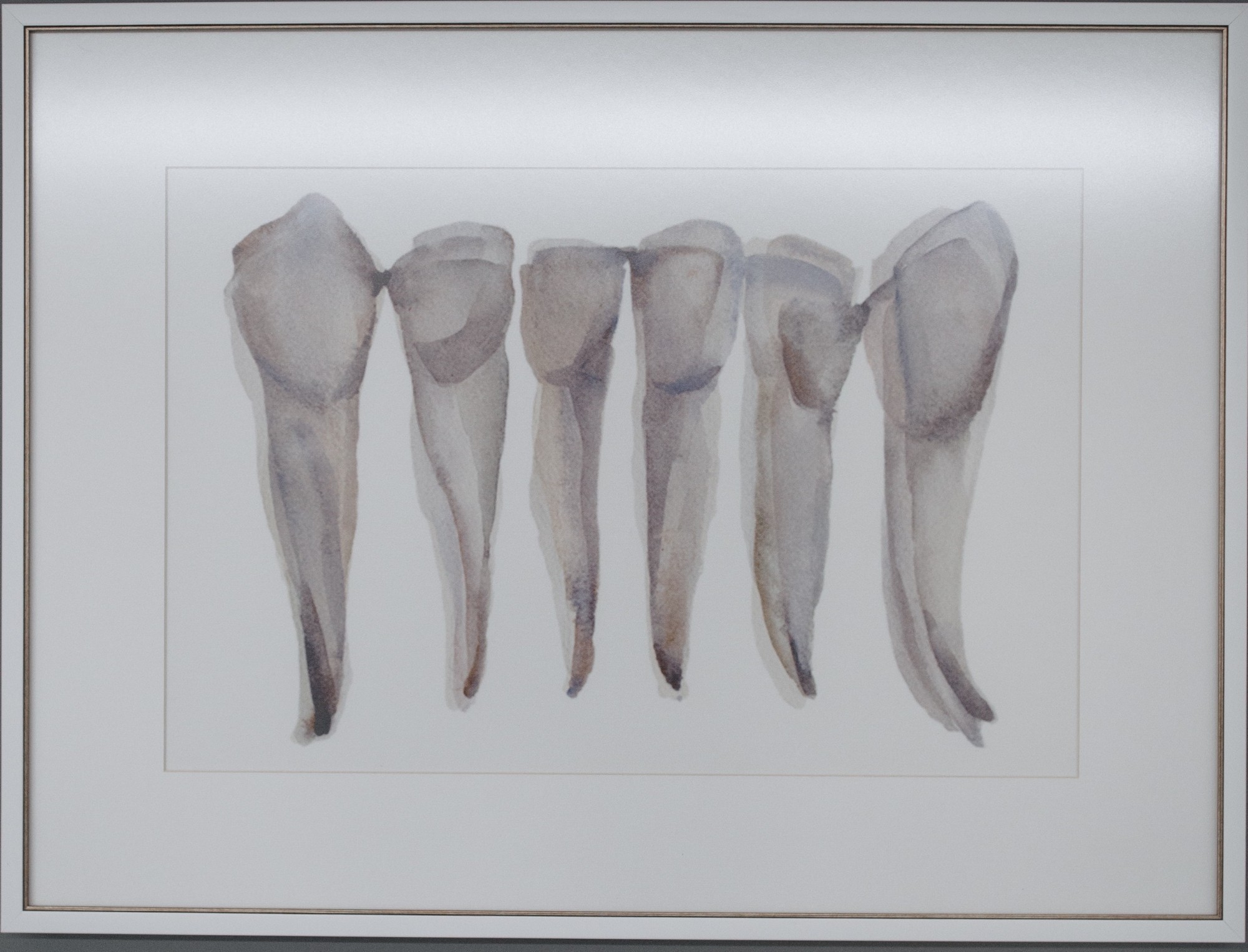Prosthetic restoration prices
CAD/CAM MONOLITHIC ZIRCONIA CROWN
650 – 750 €
CAD/CAM SINGLE ANTERIOR ZIRCONIA CROWN ON NATURAL TOOTH
900 €
MONOLITHIC ZIRCONIA CROWN ON IMPLANT
CAD/CAM screw-retained
800 – 850 €
SINGLE ANTERIOR ZIRCONIA CROWN ON IMPLANT WITH ABUTMENT
1000 €
FIBREGLASS POST
150 €
TEMPORARY CROWN
165 €
REMOVABLE FULL DENTURE
One jaw
1000 €
CAST PARTIAL DENTURE
2600 €
The prices shown are indicative. The doctor can only tell you the exact price after an individual consultation.
Though small, each one of our teeth is a very important organ, and if we lose it, we can experience various health and psychological problems:
If you have only lost one tooth, it is best to restore it with a dental crown attached to an implant. Why should I avoid putting it off?
If several teeth are missing, chewing becomes much less efficient, and you may have problems with pronunciation or even with your lower jaw joint. Adjacent teeth begin to shift into the empty space and experience a greater load, putting you at risk of losing more teeth over time.
After examining your teeth, listening to your needs and performing diagnostics, we will discuss your prosthetic restoration options during the consultation. Proper prosthetic restoration depends not only on the doctor’s experience and the quality of the materials, but also on the technologies used at the clinic. We use some of the most modern technologies for oral and dental diagnostics and prosthesis manufacturing:
Our clinic is one of the few in the Baltic States that has this kind of equipment. Read more about our CAD/CAM dental laboratory and its technology here.
Dental implants and their placement are the most advanced, reliable and durable modern technology for restoring lost teeth. Only with dental implants is it possible to restore the entire tooth, from root to crown.
An implant is a small metal screw that we insert into the jaw to replace the natural tooth root. Dental implants are made of titanium and zirconia, because these metals have the best biocompatibility – they does not cause allergic reactions or rejection, and “take” to the jawbone nicely.
After the minimally invasive procedure, we attach an artificial tooth to the implant, which does not differ in either function or appearance from your natural teeth.
Read more about implant surgery and the advantages of dental implants here.
Porcelain fused-to-zirconia crowns are currently the most modern type of crown. These crowns have excellent biocompatibility and almost never provoke allergic reactions. Thanks to modern technology, we produce very precise prostheses – artificial teeth – from zirconium dioxide. When making crowns according to this technology, we first scan the prepared tooth. Then we use a computer to model the future core of the crown. Later, we mill (“carve”) the core of the crown from a void-free solid block of zirconium dioxide. Finally, it is sintered and coated with a layer of porcelain.
Non-metal ceramic crowns are produced exclusively from durable ceramic mass (porcelain) and do not contain any metal. The porcelain reflects light and is partially transparent, so a tooth restored with this type of crown looks very much like the natural teeth.
We usually suggest using non-metal ceramic crowns to restore individual front teeth when they are chipped or weak, or lose the colour of a healthy tooth. You should follow all of the doctor’s instructions and take care of your non-metal ceramic teeth so that they last as long as possible.
We attach temporary crowns only for a short time – while the healing process takes place. The main purpose of these crowns is to protect the filed tooth and gums from possible environmental effects and temporarily restore the aesthetic image.
These crowns cannot be worn permanently, because they are not durable – they can eventually change colour and cause inflammation of the gums. Plus, these crowns absorb environmental odours, which can cause bad breath. We only affix temporary crowns with temporary cement.
If you are missing one tooth or a few adjacent teeth, we can restore them with a dental bridge. With this treatment, we file down the two teeth on either side of the lost tooth or teeth and fill the gap with a prosthesis. In other words, we “hang” a bridge of artificial teeth (pontics) on the anchor teeth. There is always a small gap between the bridge and the gums, so it needs special attention when brushing.
All anchor teeth should be healthy and free of infection.
These days, however, a better and longer lasting option is restoration with dental implants. In this case, the adjacent teeth do not need to be filed down, the load on them is distributed evenly, there is no gap where food can accumulate and there is a lower risk of bone loss.
USEFUL INFORMATION AND TIPS ON DENTAL HEALTH

A NobelProcera scanner in our Clinic

A training course Guided Implant Surgery & Aesthetics

A training course on challenging dental placement cases

Some ideas brought from The International Dental Show

The clinic Dental Harmony took part in the charity event Christmas with Books

We share our experience and expertise with colleagues